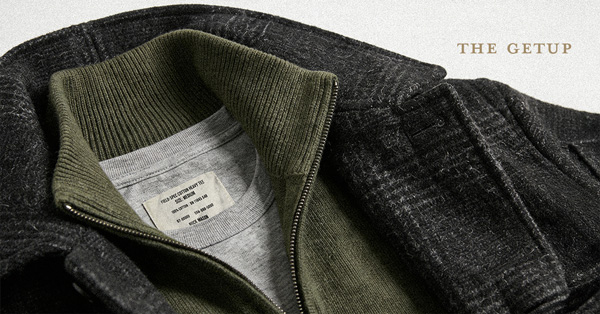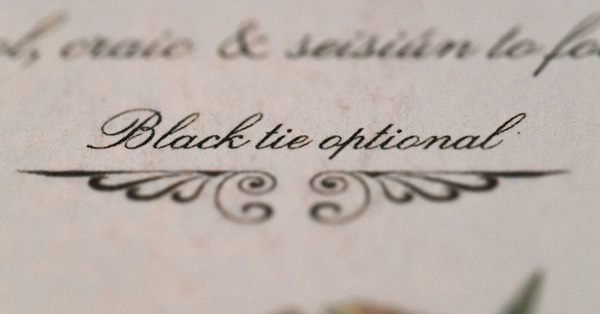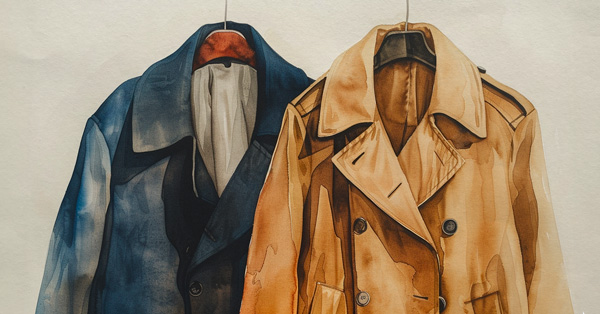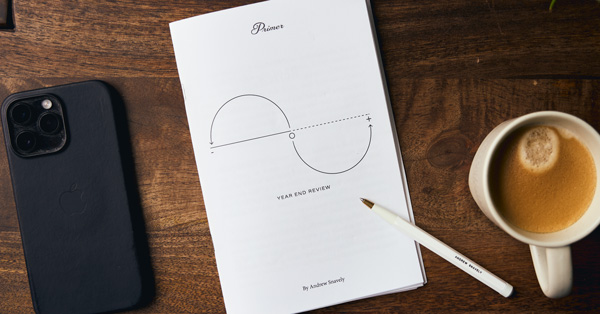There’s no denying it. When it comes to the world of alcohol, there’s probably no drink more formidable that scotch.
Over the past century it’s been portrayed as the toughest of the tough-guy drinks – only to be imbibed by suave super-spies, hardboiled detectives, cutthroat tycoons, and of course, Rons Burgundy and Swanson. Combined with a hefty price-point and surrounded by some unfortunate snobbery, buying a bottle of scotch can be an intimidating prospect – especially with so many cheaper and easier options to choose from. Faced with all that, plenty of people will cling to their comfort zones – which is a damn shame that verges on tragic, because here’s the honest truth:
Scotch is awesome.
For those ready to brave the world of scotch whisky, here’s a no-fear guide to exploring one of the most amazing accomplishments in drinking history.
What is Scotch Whisky, anyway?
The Simple Brilliance
The answer might seem obvious, but to say that scotch whisky is just whisky from Scotland would be like saying that the Sistine Chapel is just a ceiling with paint on it. The truth is that scotch is so much more than just another distilled grain-alcohol, and the secret to its simple beauty comes from the way it’s regulated.
For whisky to qualify as a scotch whisky (that’s whisky-without-the-‘e,’ due to a hilariously petty branding war) it has to meet certain key requirements.
First, it has to be produced and processed in Scotland. Second, it has to be aged (again, in Scotland) in oak casks for no fewer than three years. Above all else, it must be made with three ingredients: Malted barley. Water. Yeast.
The end.
No frills, no additives, no secret ingredients. Literally every scotch on earth – from the stuff on the shelves of your local liquor store to the bottles in a billionaire’s basement – is made from the same exact ingredients. Every nuance in the flavor (and jump in price) comes from the variations in the way those elements are handled.
The fuel used to dry the barley makes a difference. The shape and size of the stills makes a difference. The barrels the whisky is aged in makes a difference. Even the climate where the distillery is located can have a profound effect on the final product.
What’s that mean? Well, while other whiskeys can hide their flaws behind gimmicks and added flavors, scotch’s bare-bones approach forces every single malt or blend to stand on its own merits. There’s no room for error, and the result is a degree of painstaking perfection that you won’t find anywhere else. There’s a reason scotch reigns supreme, after all. It’s not just poetry in a glass, it’s a drinkable haiku – three simple elements capable of endless variation.
Speaking of variation…
Single Malt Scotch vs Blended – What’s the Difference?
If you’re casually perusing the scotch section of your liquor store, you may notice that every scotch falls into one of two categories: “single malt” and “blended.”
How does one differ from the other?
In simplest terms, a “single malt scotch” is a scotch produced in one distillery (not one barrel, as some incorrectly assume). Due to the variables that go into determining a scotch’s taste (from the proximity of the ocean to what the aging barrel’s former contents), single malt scotches are developed to showcase their distillery’s unique style – the incomparable character that makes a Glenfiddich a Glenfiddich and a Glengoolie a Glengoolie (yes, the made-up scotch from Archer). Individuality and exclusivity are everything to a single malt.
A “blended whisky,” on the other hand, is a scotch created by mixing two or more batches from multiple locations with multiple grains (though higher-end blends tend to stick with malt). Rather than pushing a distinct style, blended whiskies focus on developing complex flavors. The fact that blended whiskies are made created by mixing multiple elements means they can typically be made faster, cheaper, and in greater volume than single malts, and they often wind up costing less as a result.
Is Single Malt Scotch Better Than Blended?
So, single malt is better, right? In some rustic village, a wizened old man in a tweed jacket and flat cap is lovingly overseeing every step of the distillation process. And blended scotch? That’s all taking place in some sterile, soulless factory where any old swill is getting dumped together, right?
Nothing could be further from the truth.
In reality, blending scotch takes as much expertise as specializing in a single style. A master blender needs to know not only the flavor of every ingredient but the intricate way those notes will harmonize with each other, and be able to do that consistently with different sources. Beyond that, the sensitivity of a single-malt production means the flavor will subtly change from year to year – whether it’s due to irregularities in the barley harvest, new distillery employees, or even an unusually rainy summer. A blended whisky, however, will generally taste as good in 2019 as it did in 2009.
That’s not to put one above the other – ultimately, single-malts and blended whiskies are two different drinks with two different purposes. That said, when you’re looking for quality, it can be helpful to remember that the things that make a scotch distinct aren’t always the things that make scotch good. When in doubt, trust in taste – whether you prefer it warm and welcoming or pungently peaty – and on that note, you may find yourself asking:
What’s the Deal with Scotch and Peat?
Though you’re going to hear all kinds of phrases and jargon associated with scotch, there’s probably none that pops up more than the word “peaty.”
“This scotch is superbly peaty.” “That was the peatiest whisky I ever tried.” “The peat really helps bring out the brown sugar notes.”
What does any of that actually mean?
Well, peat itself is decomposing plant matter found in bogs and moors (think of the muddy sludge that builds up when you don’t clean your gutters). When dried chopped into bricks, peat burns with more power than coal, and in parts of Scotland (particularly in Islay), peat is essential in creating scotch. Used to dry barley early in the process, peat gives scotch an unmistakable smoky flavor that gets both lovingly (and less-than-affectionately) compared to diesel.
Yeah, It’s an acquired taste.
And it’s important to keep that in mind because as much as that swampy, woolly-mammoth-sweat flavor is praised by some enthusiasts, starting with an overly-peaty brand can scare off beginners for life. Peat might be scotch’s most famous flavor, but don’t think it’s all that’s out there. It would be like assuming all beers are super hoppy, or that all wines are really dry. Options abound for the adventurous, and that doesn’t just come down to what you drink but how you drink it.
What’s the Best Way to Drink Scotch?
Whisky, Water, and Ice
With so much of a scotch’s flavor resting on the delicate balance of ingredients and preparation, die-hard enthusiasts will go to some pretty far lengths to maximize their full scotch experience – even only drinking out of specific, aroma-enhancing glassware.
While ordering special glasses might be a bit too much for most beginners (or even regular connoisseurs) it is important to understand the role smell can play in your enjoyment of scotch, and there’s one tactic every aspiring aficionado should try:
Add a drop of water.
Now that might sound strange – maybe even condescending. Thanks to scotch’s reputation as a “man’s drink,” many beginners buy the strongest, sharpest bottle they can get their hands on, snorting at the idea of “diluting” their scotch with a splash of water. But, as so often happens, a malformed idea of masculinity only serves to keep people from getting the most out of life.
Rather than watering down the drink, a couple of drops of water (and only a couple drops) can actually amplify scotch’s flavors – all thanks to a chemical called “guaiacol.”
On a molecular level, guaiacol is what gives scotch its rugged, smoky notes, and the introduction of even just a little water sets of a chemical reaction that “frees” guaiacol from the ethanol molecules that surround it. It then rises to the surface of the scotch, intensifying both the aroma and the taste itself (you’ll hear devotees call this “opening up” the flavors). The overall effect is that smoke tastes smokier, spices get spicier, and the delicate bouquet of vanilla and honey tats like the wistful sigh breathed by a bonnie war-widow on a misty morning (and also, like vanilla and honey).
Of course, the strength of the scotch may affect how much of a difference water will make. A particularly strong scotch (say, over 90 proof) is probably going to call for a few judicious drops. A more standard scotch (hovering around the 80 proof point) may not have the same dramatic effects, although experts still point out that 40% alcohol still packs a decent punch and a bit of water can go a long way to mellowing it out.
What about ice, then?
As ubiquitous as the phrase “on the rocks” is, ordering your scotch like this will almost certainly earn you some dirty looks at any specialty bar or distillery (or even beaten to death with a highlander’s sporran). That might sound extreme, but again, the secret lies in chemistry.
Ice not only dilutes your drink as it melts, but the effect of chilling the scotch kills off the flavor.
The human tongue struggles with tasting anything extremely cold and while ice can definitely temper the burn of a high-proof scotch, you risk missing out on the full range of flavors – all that effort, patience, and ingenuity murdered by a few chunks of ice unceremoniously rattling around in your glass. You wouldn’t use the Mona Lisa as a cutting board – avoid putting ice in your scotch.
Unless, of course, you like it that way.
What's the Best Scotch to Try First?
With so many different distilleries that create such a wide spectrum of flavors it would be misguided to offer a couple of bottles and say, “Here, this is what scotch tastes like, do you like it or not?” Instead, the fastest and most eye-opening way to learn what you like and the differences in scotches is by drinking two or three at the same time.
Often you'll find this offered as a “whisky flight,” which will be three to five small pours. The benefit of doing it this way is the smokiness of one and the sweetness of another will become immediately distinct in a way just ordering them one at a time from here on out will not provide. You can ask if you can order a flight if you don't see it on the menu, or you can simply order two different ones at the same time instead of ordering the second round back-to-back.
“Ok, sure, I get that, but still, where do I start?” The purpose is to order two scotches that are quite different so you can start refining your palette. So, two scotches that will be readily available in most places would be a smoky Laphroaig and a mellower Highland Park or Macallan.
Need something even simpler and more accessible? Primer's editor and founder first discovered his interest in scotch with a gifted bottle of Johnnie Walker Black when he was in his mid-20's. “It was the first whisky I could drink not mixed with something else. It's a blended scotch with all of the edges sanded off, very mellow for a seasoned drinker but still has kick for a beginner. It helped introduce me to the tastes of scotch in a way I could handle and enjoy and acted as a jumping off point for exploring more.”
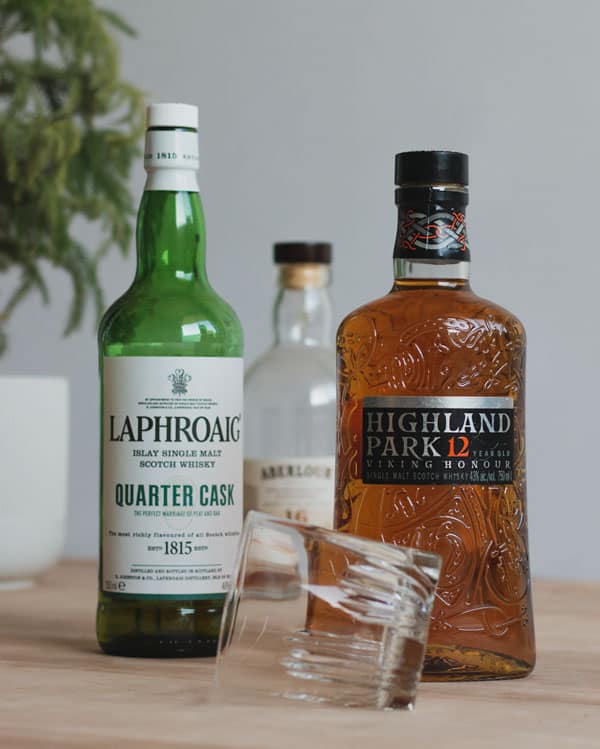
Read The Best Whiskey Under $50 That Doesn't Start With Jack, Jim, Johnnie, or Jameson
Differences in the Scotch Regions of Scotland
Scotch may be the largest category of whisky in terms of variations based on process, ingredients, and region. Scotland has more distilleries than any other country. While a common assumption is that scotch is ‘smoky', only a handful are. The different regions of Scotland have different flavor characteristics. Generally speaking, they can be described as:
1. Speyside
Flavor Profile: Smooth
Known for a smooth, fruity finish due to the fresh water used for distillation. Considered by some to be the most elegant of the country's whiskies, the Speyside has more distilleries than any of the other regions.
Common Speyside Scotches: Glenlivet, Glenfiddich, Balvenie
2. Islay
Flavor Profile: Smoky
Known for smokiness, Islay whiskies have a pungent medicinal tang stemming from sea salt infused peat moss employed to dry the barley malt.
Common Islay Scotches: Laphroaig, Bowmore, Ardbeg
3. Highland
Flavor Profile:Medium-bodied
Highland scotches vary in character, and can include the peaty smoke of an Islay or the smoothness of a Speyside. Generally they're considered to be medium-bodied and aromatic, with a range of tasting notes from complex to delicate.
Common Highland Scotches: Dalmore, Macallan, Glenmorangie
4. Lowland
Flavor Profile: Relative sweetness & simplicity
Only a few true distilleries remain in the region, but they produce whiskies with a light body, relative sweetness, and a dash of flavor.
Common Lowland Scotches: Auchentoshan, Glenkinchie, Bladnoch
5. Islands
Flavor Profile: Surprisingly varied, salted by the sea
The Islands are officially a part of the Highlands according to the Scotch Whisky Regulations of 2009 which among other things governs labeling, but are commonly separated into their own category due to the differences in flavor.
Common Island Scotches: Highland Park, Talisker, Ledaig
For all the etiquette and science that goes into scotch, nothing counts more than this:
What Tastes Best to You?
All that timeless tradition, all that meticulous mastery, all that complexity and chemistry mean nothing unless you love what’s in your glass. Beneath the science and sophisticated status, remember that scotch is for pleasure, and it’s as simple as that.
Prefer yours with a cigar? Go for it. As a base for a mixed drink? Substituting scotch for your standard whisky can revolutionize the most classic of cocktails. Hell, maybe you prefer to sip while watching Nick Offerman sit in stoic silence next to a crackling fire (and honestly, who wouldn’t?).
Blended or single-malt, peaty or pleasantly mild, on-the-rocks or as-it-is – there’s only one way to love scotch:
Your way.
Slàinte!
Looking for a few recommendations to get started? Check out Primer’s great guide The 10 Best Whiskies Under $50 That Don't Start With Jack, Jim, Johnnie, or Jameson



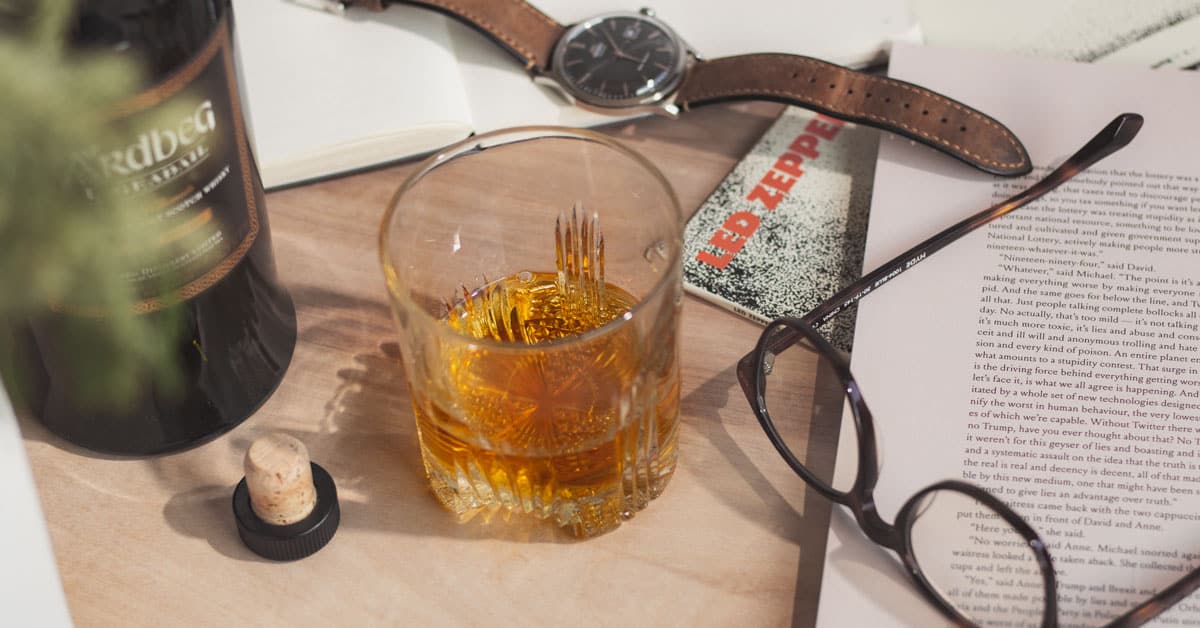
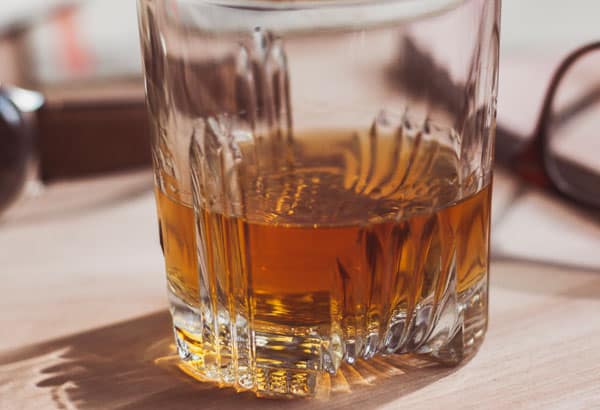

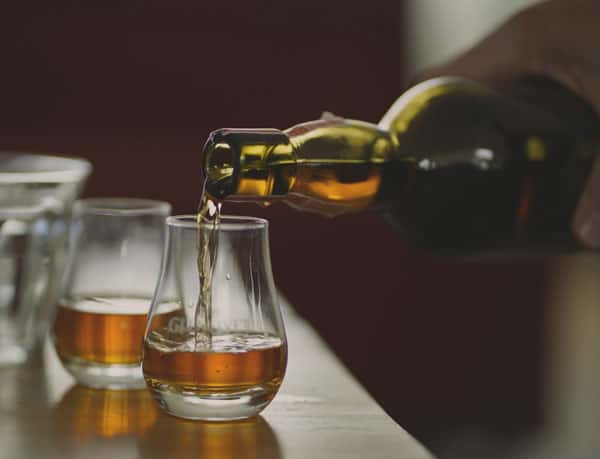

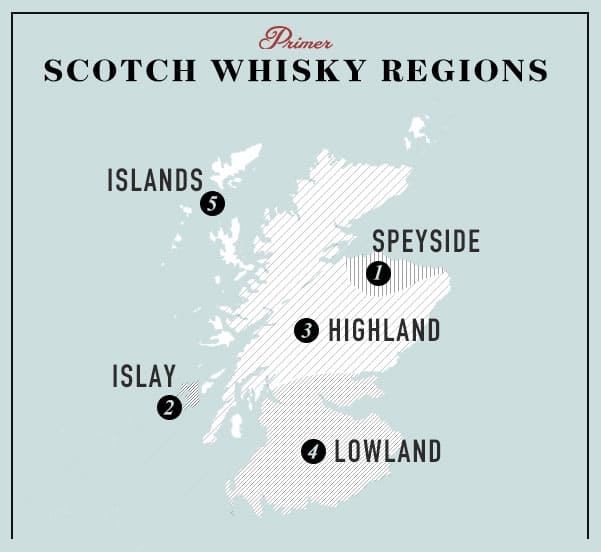



![It’s Time to Begin Again: 3 Uncomfortable Frameworks That Will Make Your New Year More Meaningful [Audio Essay + Article]](https://www.primermagazine.com/wp-content/uploads/2025/01/begin_again_feature.jpg)
